Further on my comment, you would need to use some logic to work out if the width or height is smaller (The limiting factor). Then based on which is smaller you can change the size of the cells.
Rather than using an override on the row height and trying to mess with column overrides, I instead reccomend intercepting the JTable componentResized event and simply set the sizes we want. I have assumed a fixed number of cells (15x15) for this example:
int rowCount = 15;
int colCount = 15;
your_JTable.addComponentListener(new ComponentAdapter(){
@Override
public void componentResized(ComponentEvent e){
//Get new JTable component size
Dimension size = getSize();
int cellSize;
//Check if height or width is the limiting factor and set cell size accordingly
if (size.height / rowCount > size.width / colCount){
cellSize = size.width / colCount;
}
else{
cellSize = size.height / rowCount;
}
//Set new row height to our new size
setRowHeight(cellSize);
//Set new column width to our new size
for (int i = 0; i < getColumnCount(); i++){
getColumnModel().getColumn(i).setMaxWidth(cellSize);
}
}
});
This provides perfectly square cells in JDK13 when resized both horizontally or vertically or both. I realise that I answered your previous question as well, so here is a working example using that code:



